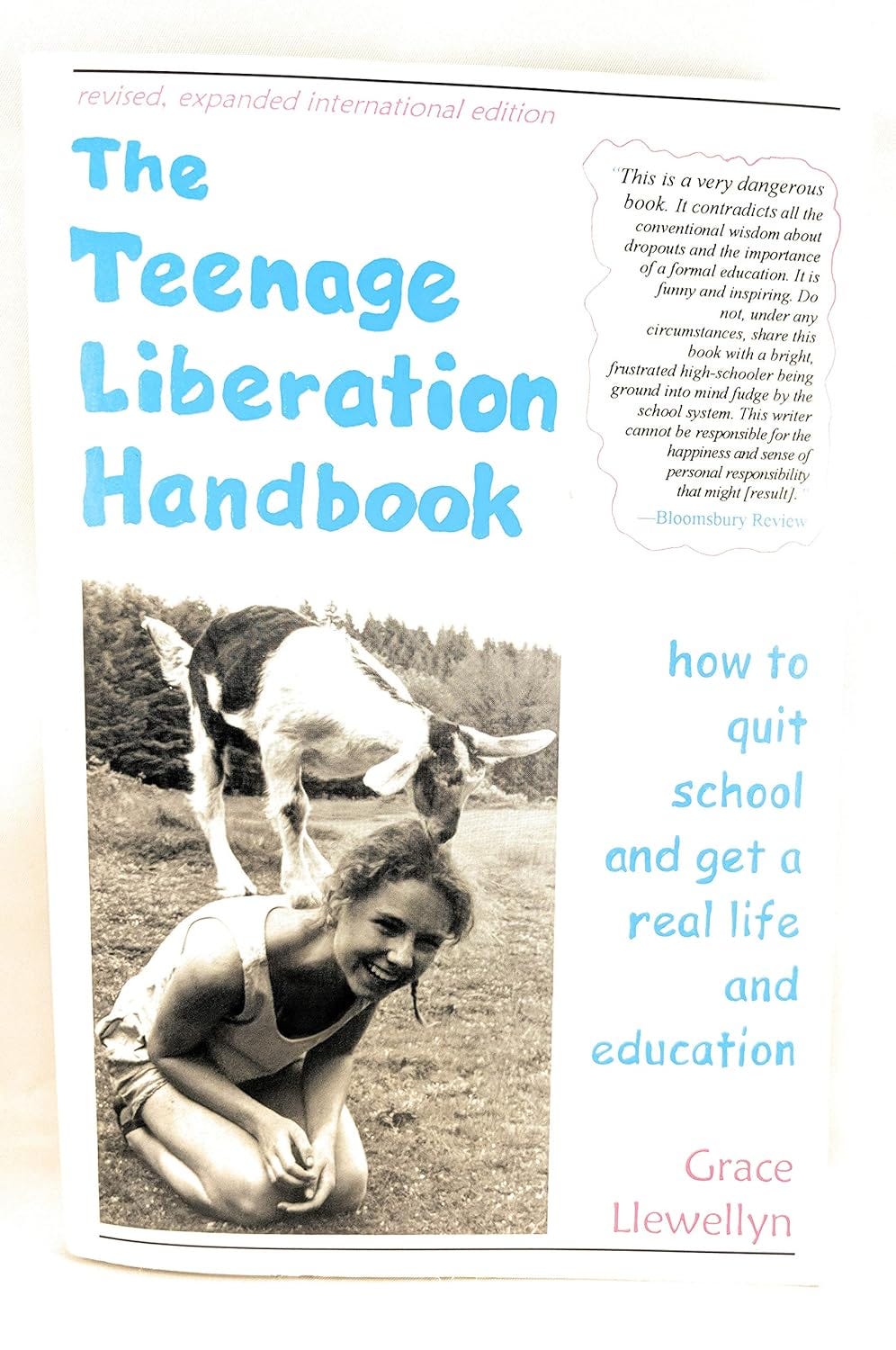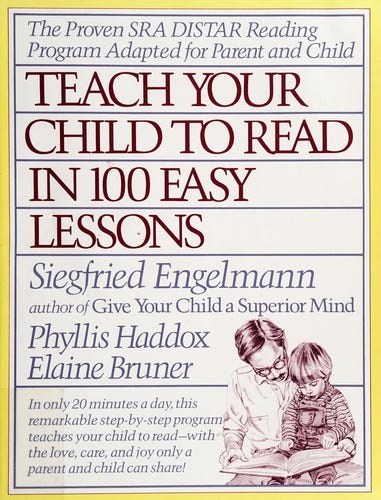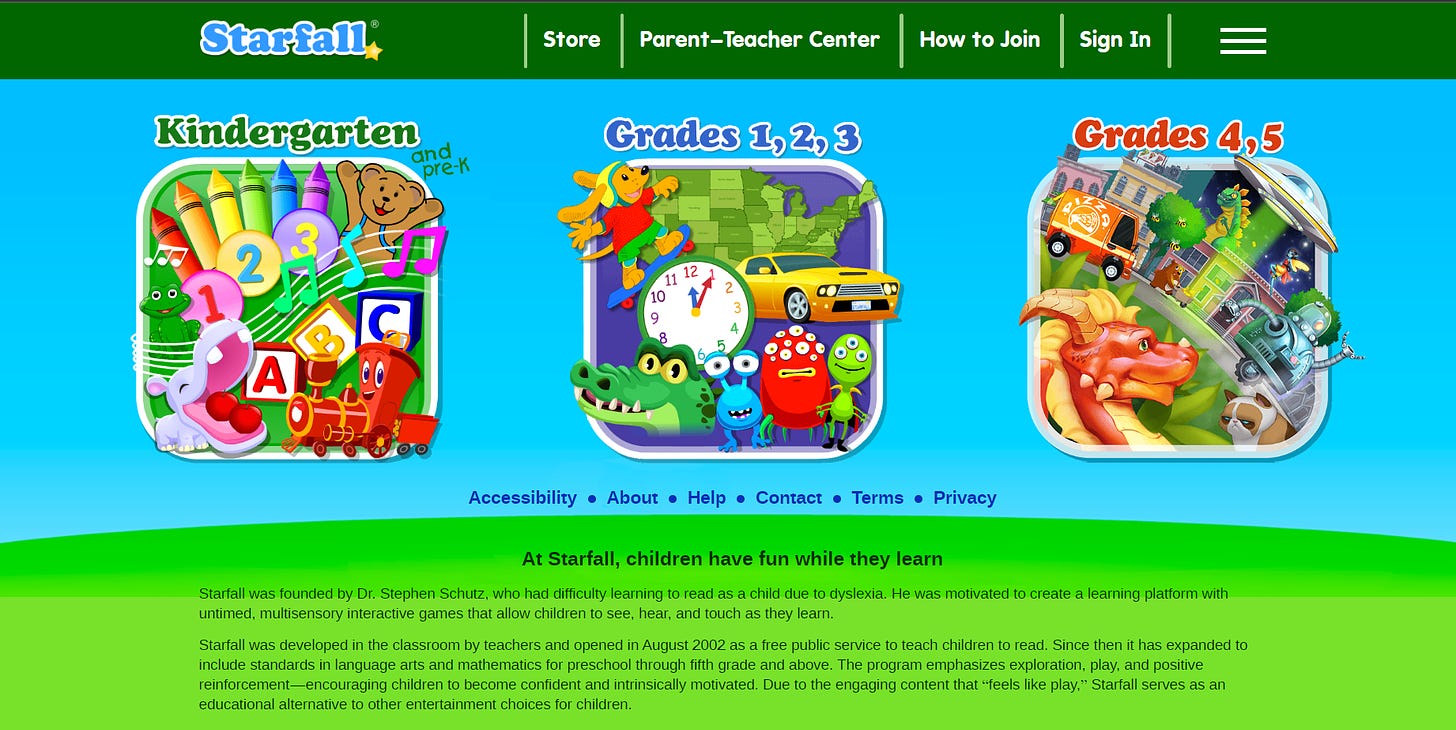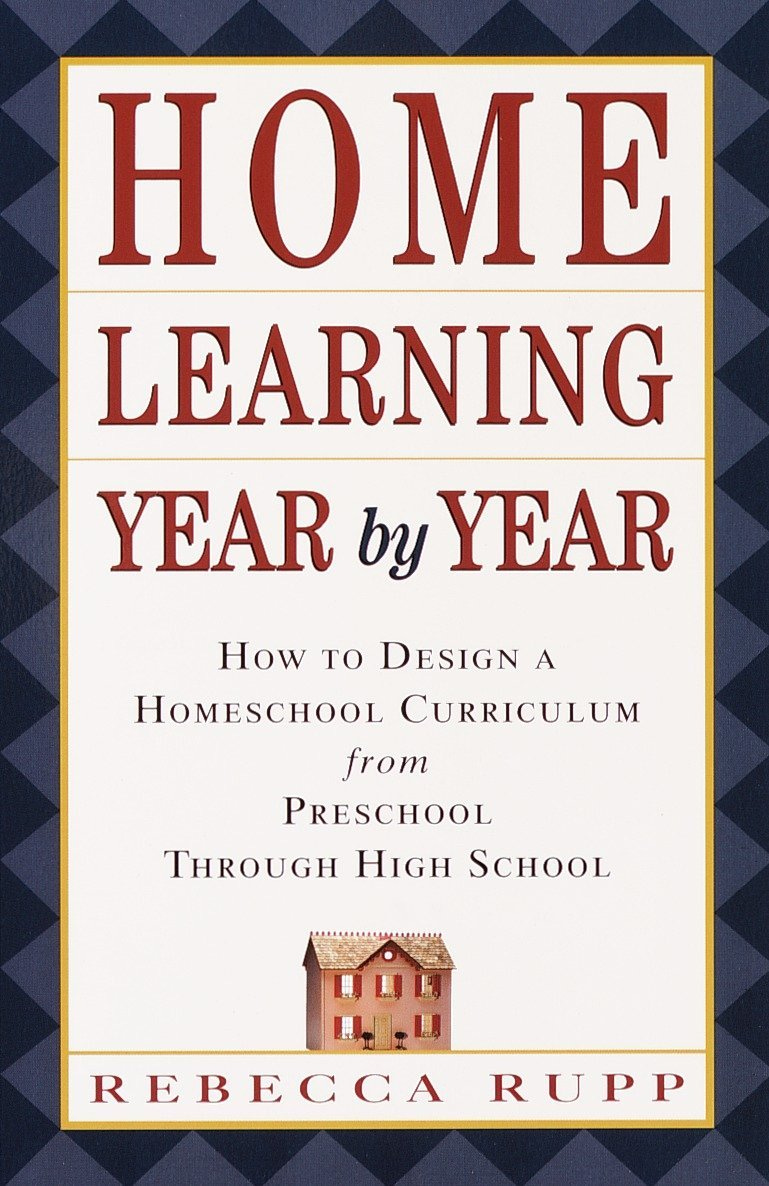Home Schooling
Tools for Possibilities: issue no. 62
Once a week we’ll send out a page from Cool Tools: A Catalog of Possibilities. The tools might be outdated or obsolete, and the links to them may or may not work. We present these vintage recommendations as is because the possibilities they inspire are new. Sign up here to get Tools for Possibilities a week early in your inbox.

How to get a real education
The Teenage Liberation Handbook
This book is radical. It tries to persuade teenagers to drop out of high school — in order to “get a real life and education” as its subtitle says. This is a dangerous thing to give to your child, because there is a significant correlation between amount of formal education and almost any outcome you care about, including longevity, divorce and poverty rates. Yet informal homeschoolers and unschoolers are outside of that measurement, and by most accounts are doing super. As a college dropout myself, I am sympathetic to alternatives to school.
The purpose of this book is to encourage the teen to make their education their own responsibility. They can remain at school, or as a homeschool take only some classes, or find apprenticeships, volunteer, or even skip directly to college. In short they are designing their own self-education, where ever it may happen. Along the way they develop a better idea of themselves and many more life skills then they would in formal school.
Today as the quality of the average public education declines these ideas are not as extreme as when the book was first written in 1991, but they still aren’t as accepted and common as they should be either.
This is a dense, packed book, overflowing with ideas, tips, anecdotes, cautions, and multiple views — all speaking to the teen and not to parents. It does not lay out a 1, 2, 3 plan. It is messy, challenging. The book itself is probably a pretty good filter for whether the idea of self-education is a match for a young person.
Our son petitioned us to be unschooled, and it turned out that one year when he was 12 was sufficient. It was one of the best years in our lives. Yet in his liberation from school, he discovered what learning “on his own” really meant. It’s challenging. He then choose to go to high school, but with a new attitude that he was in charge of how much and how well he learned. That new found responsibility for his own education made that one year of unschooling totally worthwhile.
There is a whole slew of homeschooling textbooks, advice, and well-crafted tutorials. All directed to parents. This is not one of those. This is a scribbled permission slip giving a teenage permission to consider alternatives for their own education. — KK
- This book is a wild card, a shot in the dark, a hopeful prayer.This book wants you to quit school and do what you love. Yes, I know, that’s the weirdest thing you ever heard. Hoping to make this idea feel possible to you, I tell about teenagers who are already living happy lives without school, and I offer lots of ideas and strategies to help you get a real life and convince your adults to cooperate.
“Excuse me?” you interrupt, “Quit school? Right. And throw away my future and pump gas all my life and get Addicted to Drugs and be totally lost in today’s world. Right.”
If you said that, please feel free to march straight to the nearest schoolperson and receive a bushel of gold stars, extra credit points, and proud smiles. You’ve learned exactly what they taught you. After you get tired of sticking stars to your locker, do please come back and read further. - Suggest a trial run. you could start unschooling in the middle of August, so they have a couple weeks to see how you manage. Also, that would allow you to recover from the previous school year. You could agree that if they’re not satisfied with your way of educating yourself, that you go to school. A drawback to this sort of timing is that you may feel cheated out of your normal summer vacation, and thus not as exhilarated as you would if you quit in, say, October. Also, the whole idea of being watched and evaluated runs contrary to the idea of pursuing interests because you want to. Still, you could probably psyche yourself into it and make it work.
- If you are completely confused as to how to start structuring your life, here’s one way: Do “academics” for two hours each day–not necessarily lots of subjects, or the same ones every day. You are not going to dry up in you don’t do 45 minutes every day of “social studies.” Do some kind of “work” or project for four hours. In your leftover time, read, see friends, talk with mom and pop, make tabouli. Take Saturdays and Sundays off. Sound arbitrary? It is. I made it up, although it is based on a loose sort of “average” of the lives of a hundred unschoolers, mostly college-bound. Once you try this schedule for month, you will know how you want to change it.
- This book has said a lot of nasty things about school. Now it’s going to say something nice. Schools have darkrooms, weight rooms, computers, microscopes, balance beams, libraries. They have choirs, bands, track teams, maybe even a Spanish class you want to take. Many enterprising homeschoolers have found ways to use the school resources they want without having to endure everything else.This chapter tells about a few of those ways schools can cooperate with homeschoolers, and gives examples of particular homeschoolers who have taken advantage of school resources. If the schools in your area have never tried anything like this, you can pass this information along to them, and assist them in setting up a program that helps both you and them. Yes, them.

Book to access books
This book really works! My daughter could read at age three, and has now really discovered the joy of reading at a young age. There are so many skills that kids can learn for themselves once they master reading. This is truly one of the fundamentals that is worth the effort to instill as early as possible. — James Hom
- The following are the four most important points about an effective sequence forteaching reading:1. The beginning exercises are simple and do not resemble later exercises (just as beginning piano exercises do not look much like advanced ones).2. The program provides teaching for every single skill that the child is expected to use when performing even the simplest reading exercises.3. The exercises change form slowly, and the changes are relatively small, so that the exercises are always relatively easy for the child.4. At every step, the program provides for very clear and unambiguous communication with the child.
- To decode the sentence Ruf unter glop splee, you simply say the words. This illustration points out that you may be able to decode without understanding what the sentence means. Traditional reading programs typically confuse the beginning reader about whether the teacher is trying to teach decoding or understanding. These programs typically begin with the teacher discussing the details of a picture. If the picture shows a girl named Jan, the teacher talks about Jan—what she is wearing, the color or her hair….It might seem that this communication is effective because it promotes interest and gives the children the motivation for both reading and understanding the written message.However, this communication may prompt the child to formulate a serious misconception about how to read. If the teacher always talks about thepicture before reading the word, and if the word is always predictable by referring to the picture, the child may reasonably assume that:- You read words by referring to a picture.- You must understand the word that is to be decoded before you can read it.
- English, clearly, is not a regularly spelled language. It is an amalgam of contributions from Latin, Greek, and French. But there are ways to simplifyit for the beginning reader.Distar solves the problem by introducing an altered orthography. This orthography does two things. It presents variations of some symbols sothat we can create a larger number of words that are spelled regularly (each symbol only having a single sound function). At the same time, the orthography permits us to spell words the way they are spelled in traditional orthography. Here is the Distar alphabet:

Free reading tutorials
Remember that greeting card company and famous-in-the-late-90s website Blue Mountain Arts? Well the extremely talented and philanthropic founders have started a learningto-read website, totally free, called Starfall.com. My daughters, ages 6 and 7, have literally gotten more educational value out of this than their schools. And now their schools are using it in their classes once a week! Super site, makes the most out of flash and audio on a broadband connection, and really a treasure for young kids (aimed at first graders and below) who want to get going with reading (at no cost).
— Jeff Blackburn

DIY school curriculum
When we homeschooled we were more into unschooling — ditching a formal curriculum — rather than replicating a school at home. Still, much learning benefits from structure, progression, and well, a curriculum. You’d like to have a good text book for geometry, or grammar. Or some order to present science concepts. There’s a huge industry selling extensive and expensive curricula to anxious new homeschooling parents. My advice is to get this book and assemble your own.
For each grade from pre-school to high school, the author and novelist Rebecca Rupp outlines reasonable skills and knowledge a pupil could master at that stage for different subjects. Rupp then recommends a refreshingly diverse set of resources for that subject and level, including the best textbooks that work at home, expansive readings around the subject, and even video series when available. You select from her highly curated selections and find the ones suited to your child(ren). In our experience her recommendations and options are excellent. They will likely be on the challenging side, rather than dumbed-down. And unlike many (if not most) homeschooling guides this one is not hampered by a dogmatic religious perspective.
Even if you are not homeschooling, kids learn at home, and this book would serve well to enlarge your child’s formal schooling. This guide supersedes the author’s previously recommended Complete Home Learning Source Book, which is a bit outdated and not as well organized. — KK
- Grade Six: Language Arts
Read a wide range of age-appropriate fiction and nonfiction materials. Kids should read a mix of classic and contemporary literature, novels and short stories,myths and legends, fables and folktales, poems, plays, essays, magazine articles, and newspapers. Literary experience should be enhanced with a range of supplementary resources, including biographies of writers, audio and video performances, and hands-on and cross-curricular activities. - At this grade level, kids should learn the techniques of writing an effective multi-paragraph essay: defining a main purpose or thesis, supporting the thesis with evidence and examples, distinguishing unsubstantiated opinion from proven fact, using relevant quotes from attributed sources, and providing a bibliography.They should be able to tailor their writings to a chosen audience or purpose: personal, academic, or business, for example.






